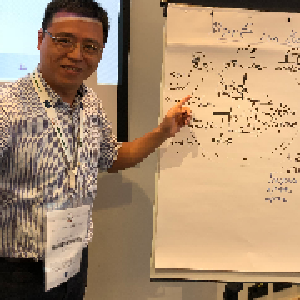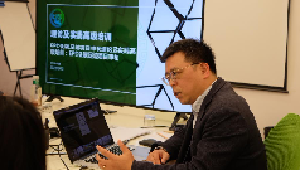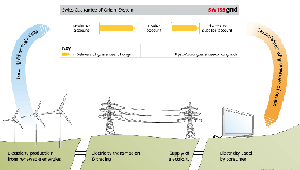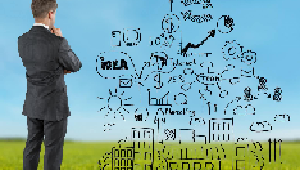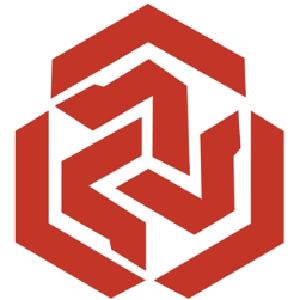Contact the author if you have any question or comments please, thanks for reading. (Bill: support@1mi1.cn)
After President Xi proposed the goal of
carbon-neutral in 2060, many companies raised the question: How do we achieve
carbon-neutral?
Regarding carbon-neutral, before explaining
the operational details at the implementation level, let's sort out the goal
itself and the way of thinking that supports it so that we don't get caught up
in the blind misunderstanding.
Carbon neutral means quite differently a concept
for business, for people and for a country, even with the same goal of achieving
zero carbon emission, the scope, content, and focus of follow-up implementation
will vary dramatically. The difference also exists within the business itself:
when we talk about carbon-neutral, we need to be clear about which level of
carbon-neutral we're talking about: the company, products, or the supply
chains.
Now let’s dive into the discussion of the GOOD
roadmap to carbon-neutral: what exactly is it and how it can help a business achieve
carbon neutrality?
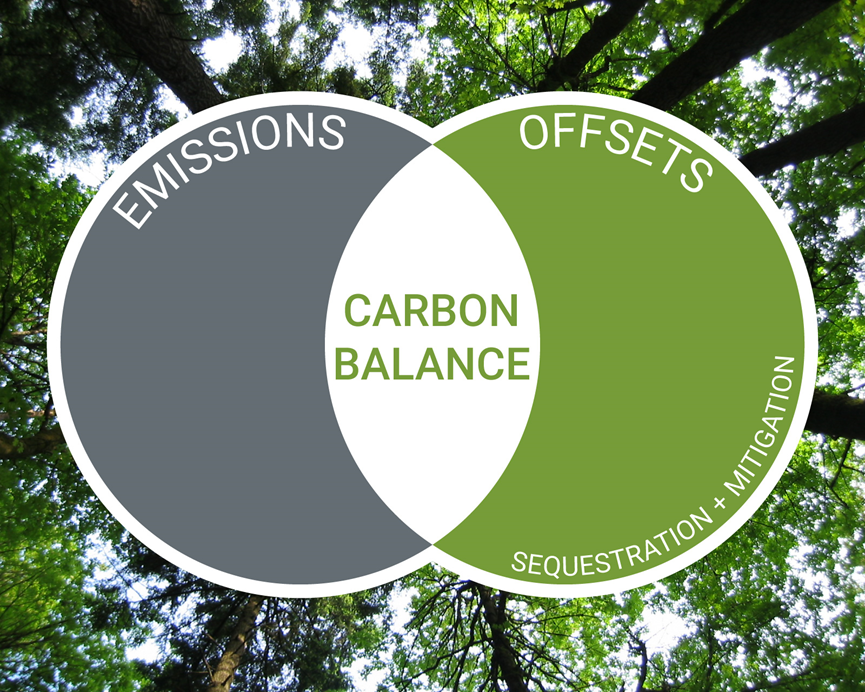
In a word, the GOOD roadmap follows the logic
of ecological design and system thinking, is it a good approach indeed or not,
now let’s explore together.
G: Gap analysis - Literally, we want to understand
the gap between the status quo and the carbon-neutral we're trying to achieve. Carbon-neutral
means zero or negative carbon emissions, which most businesses do not
accomplish yet. Now let’s look at the gap analysis of carbon-neutral on the
three-level of business: corporate, product, and supply chain.
If we want to be carbon-neutral at the
corporate level, we need to know the level of carbon emissions of companies in
a day, a month, or even a year, through analyzing
- level I: the carbon dioxide and other greenhouse gas emissions caused by the
burning of fossil fuels or reactions in the vessels during the manufacturing process
within our own production;
- Level II: the indirect emissions in the power generation process by the
burning of fossil fuel to generate electricity and other energy consumed by our
manufacturing plants, and
- Level III: the upstream emission caused by the manufacturing of raw materials
purchased to sustain the company’s own production.
From the combined direct and indirect
emission and emission from the raw materials purchased, we know the total
amount of carbon emitted by our business operation in a day, a month and a year,
and the gap between carbon-neutral: 1,000 tons, 5,000 tons or 100,000 even 1
million tons of CO2 we emitted;
If we want to be carbon-neutral at the
product level, then we need to analyze the direct and indirect carbon emissions
from the raw materials, transportation, manufacturing, use, and even end-of-life
processes of our products, and then compare the result to the carbon neutral
benchmark i.e., zero carbon dioxide emission, we can see the gap between our
products and carbon-neutral products.
If it is the carbon-neutral of the supply chain we are aiming for, then we need to do the extra analysis in addition to understand
the enterprise's own level of carbon emissions, we also need our upstream and
downstream suppliers to participate in the enterprise-level carbon emissions
analysis, so that we can know that our first, second, third, and even more tiers
of suppliers' carbon emissions level, based on this figure, we will realize the gap to supply chain carbon-neutral;
(Advertising: Ecovane and 1mi1 (spelling one-mile-one) can assist enterprises to carry out enterprise, product, and supply
chain-level carbon footprint analysis; please sign up for free www.1mi1.org to
learn for free, or email us: bill3@1mi1.org to inquire more about the service
and collaboration)
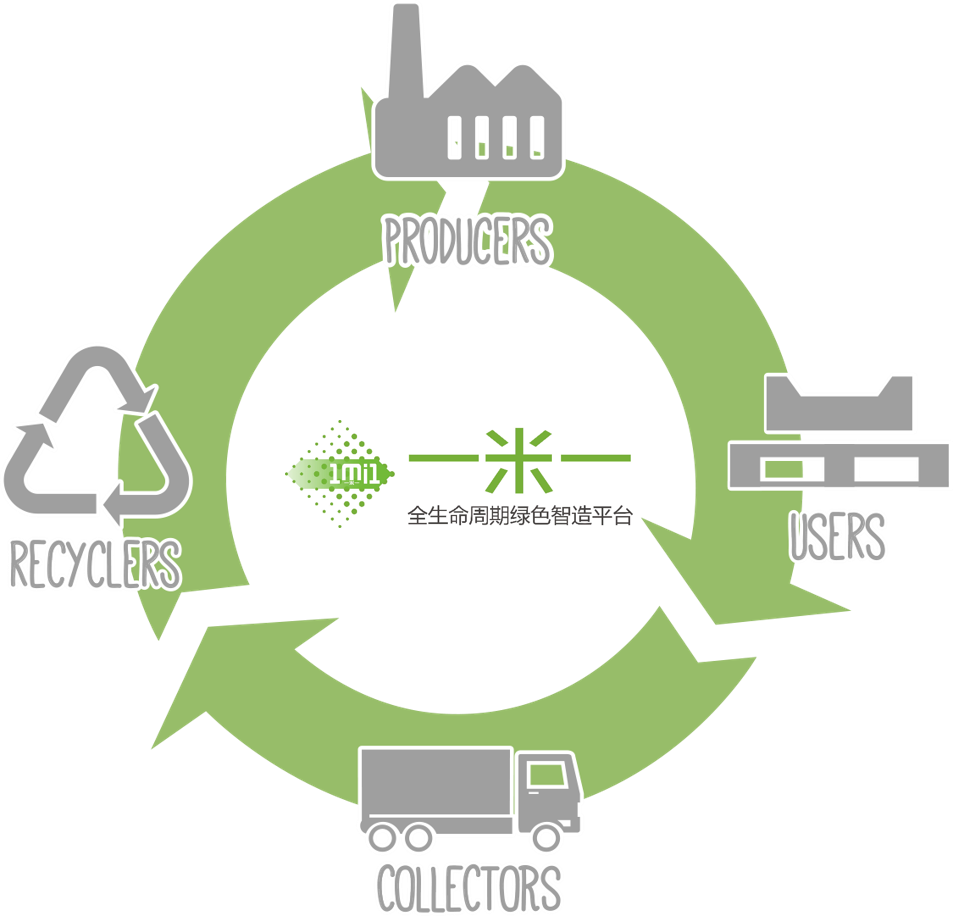
Figure:
1mi1 carbon neutral platform – www.1mi1.org
O: Opportunity Analysis – in the second phase
of the GOOD roadmap, we have two tasks at this stage:
1.
2.
Through conducting opportunity / benefit
analyses, we can identify the important life cycle stages, materials, and
processes that cause major carbon emissions, but we cannot stop there, we need
to further dig out the reasons for the high emissions of these materials,
stages, and processes: is it due to inefficiency and high energy-density? Or is
it a matter of material selection, structural design, and maybe unreasonable
functional system design? After in-depth analysis of the root causes of the
problem, we can be more precise in preparing the next step to optimize the
design. In addition, we also need to answer what is the benefit for
enterprises, products, supply chains, consumers, investors, and the environment
and society. Is the benefit more on ecological protection, social justice,
economic growth, or is it mainly for the enterprise's own brand reputation or competitiveness? just to name a few examples.
Based on the clear understanding of the
opportunity and the benefits behind, our roadmap of achieving carbon neutral
with come from a firm ground base, rather than just a blind wish or like leave drifting
in the running water of so-called carbon neutral.
O: Obstacle - Once we understand the gaps
and find opportunities for improvement, we also need to look at the current
situation and characteristics of the enterprise, products, and supply chain
itself, analyze barriers toward carbon emission reduction and carbon-neutral, so
as to provide clues to the development of specific design and implementation in
the next phase of the GOOD roadmap.
There are many obstacles, the first one we
can think of might be technology, yes, science and technology is the first
productivity engine, without which our products and services are architecture
in the air without support. Therefore, to achieve carbon-neutral, technology development
is fundamental, we need to find the shortboard in technology if the
technology is backward, we need to look for more advanced technology, if the
material is not good, replace it with more environmentally friendly materials,
if the energy is a fossil fuel with high carbon content, then look for renewable
energy substitute, and so on;
In addition to technology, possible barriers
may also include capital, talent, tools, policies, markets, and so on. Carbon
neutral is an emerging matter, the above-mentioned obstacles can become bottlenecks
to achieve carbon neutrality for business. However, promising indications show that the transformation toward a carbon-neutral friendly environment is happening day
and night, investments (e.g. responsible investment, the rise of ESG, etc.),
policies (2060 carbon-neutral targets in China and similar policies in other countries),
markets (global supply of low-carbon energy and demand for green products such
as photovoltaics, wind power, and green buildings) all show the sign of such positive
change. Realizing the trend of low carbon economy development, the business can plan
and take actions ahead, to analyze their own gaps, opportunities, obstacles and
based on which, make wise decisions in phase four: design.
D: Design - It's not until the last step
that we use the word design. In fact, the whole GOOD roadmap is a design
process: we set goals, understand the gap, analysis the ecological ‘pain points’
(i.e., hotspot in carbon emission), combing opportunities and benefits, facing bottlenecks
and problems, and finally we set out to find ways to solve the problem and take
action.
With regard to ecological (low carbon)
design, we can have different strategies and methods, whether it is energy
saving materials in product design, efficiency, and functional upgrading or
structural optimization and policy design on the organizational system, we all
need to recognize the reality: design is not only about making a prototype and
then throw it to the market – it is a game over if you think the design is over
when the product is designed and made - carbon-neutral is the same, we can't
expect to design a silver bullet product and service to achieve the goal of
carbon-neutral for enterprises, products, supply chains, and even the whole
society, instead, we need to follow the GOOD roadmap approach, carry out systematic
ecological design, step by step, and eventually we will accomplish carbon
neutrality and maybe more.
Finally, I would like to add a word that carbon-neutral
was a concept that environmentalists and social activists were originally promoting,
and now it becomes the enterprise's own business. Like all new endeavor, it
will be certainly uncomfortable in the beginning, like all new experience of
jumping out of the comfort zone to try new worlds and improve new skill, this
is a learning and cognitive upgrading process for all. In the process,
enterprises can no longer mind their own business behind closed doors, instead,
enterprises need to open the door and invite dialogues and support from
external resources, including research and consulting organization and partners
such as 1mi1 platform, as a system challenge, carbon-neutral requires a system
thinking and function, and it needs a GOOD roadmap.

- 基础知识SimaPro入门(一) 2024-07-23 13:50:02
- 技术工艺怎么正确理解碳足迹的不确定性 2022-11-26 15:59:41
- 基础知识如何利用 SimaPro 开展生命周期成本(LCC)分析 2022-07-11 15:30:21
- 案例实践碳中和——EPD中国的贡献 2022-02-07 12:40:56
- 基础知识如何快速展开生态设计 2018-11-28 13:21:23
- 案例实践巧克力的生命周期分析 2018-11-28 01:08:35
- 基础知识食品机械并行式绿色设计 2018-11-28 00:51:59
- 基础知识食品绿色产业供应链管理中的政府角色 2018-11-27 22:47:44
- 基础知识绿色供应链成本分析 2018-11-27 22:44:09
- 基础知识绿色供应链体系 2018-10-29 18:20:29
- 政策法规可持续供应链绩效评价体系研究 2018-10-29 13:18:42
- 政策法规美国绿色供应链管理 2018-10-29 13:14:26
- 基础知识绿色供应链发展:现实与未来展望 2018-10-29 13:02:18
- 基础知识绿色供应链管理 2018-10-29 13:00:33
- 基础知识低碳供应链管理研究综述 2018-10-29 11:44:55
- 基础知识低碳供应链管理绩效评价模型的构建 2018-10-29 11:42:46
- 基础知识供应链管理创新思维研究 2018-10-29 11:38:15
- 基础知识供应链管理研究综述 2018-10-29 11:34:57
- 政策法规用制度推进绿色供应链管理 2018-10-25 15:17:55
- 政策法规天津市地方标准-绿色供应链管理体系要求 2018-10-19 12:00:36
- billk
Bill是1mi1绿色智造平台高级顾问
- 热门内容 换一批

一米一平台开源合作——千帆计划2024-11-11 22:43:48

SimaPro操作入门(四)2024-07-23 13:59:54
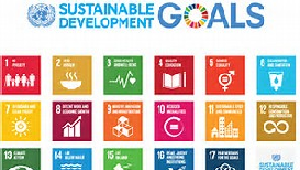
SimaPro入门(一)2024-07-23 13:50:02
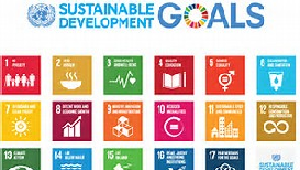
SimaPro操作入门(二)2024-07-23 13:49:27

SimaPro操作入门(三)2024-07-23 13:48:53
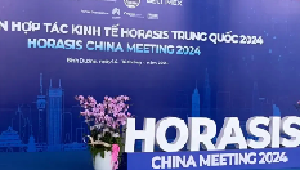
How does 1mi1-platform support ESG 2024-05-07 10:02:37

写给一米一绿色娘子军——祝女同胞们节日快乐2024-03-08 16:05:17
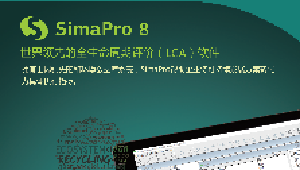
SimaPro 操作分步讲解2023-06-06 14:50:58
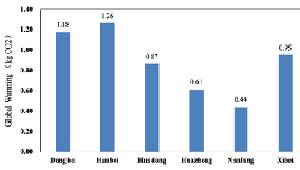
中国电力LCI数据更新20202023-02-18 13:13:43
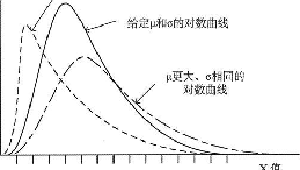
怎么正确理解碳足迹的不确定性2022-11-26 15:59:41
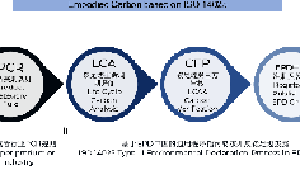
碳中和——EPD中国的贡献2022-02-07 12:40:56
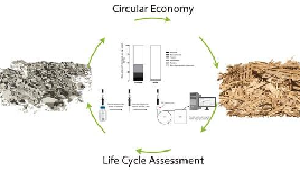
循环经济的环境影响评估:丹麦建筑产品案例2022-02-04 14:11:00
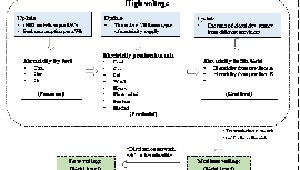
中国电力数据更新-2021.42021-05-24 16:54:06

The GOOD roadmap of Carbon Neutral2021-01-05 11:30:27

生态设计引领企业碳中和发展2020-11-20 10:34:51
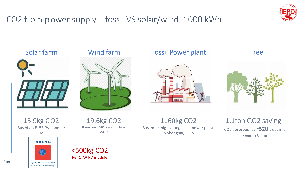
Carbon Neutral - 1mi1 round table2020-10-29 09:24:15
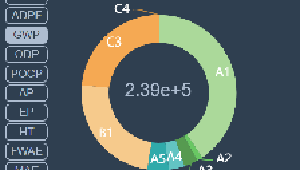
产品绿色设计——你所知道的可能都是错的2020-06-09 16:24:35
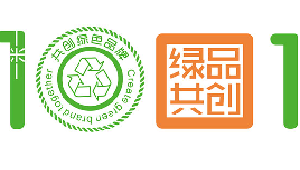
产品碳足迹评价2020-03-10 22:15:53
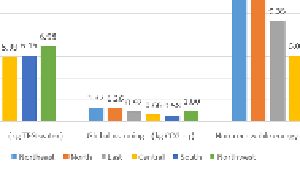
update of Chinese electricity data2020-03-05 20:16:51

1001绿品共创 - 绿色产品评价LCA评价2020-01-17 14:28:29
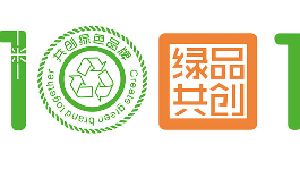
1001绿品共创模块1-1:LCA评价基础理论(1)2019-12-09 20:11:13

无条件免费这件事—附绿色产品秘诀2019-10-21 19:22:35

绿色价值评估——守护投资的价值2019-10-11 11:14:28
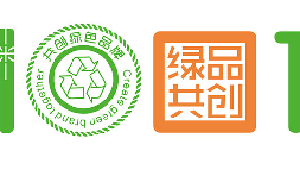
产品社会影响评价(PSIA):一米一绿品共创系列课程2019-09-05 08:27:32
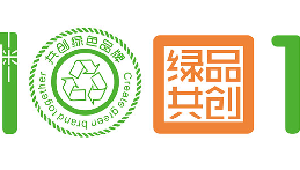
LCA 一米一 SimaPro进阶讲解:与外部数据进行链接2019-09-03 08:20:54
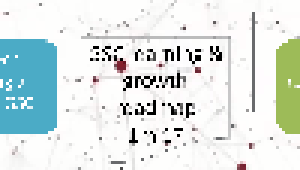
Design thinking on green supply 2019-06-22 18:56:34

1001绿品共创模块3-1: 环保产品声明EPD介绍(下)2019-05-27 18:14:40

1001绿品共创模块3-1: 环保产品声明EPD介绍(上)2019-05-27 18:11:08

一米一绿色智造平台用户手册V3.02019-05-22 21:00:18
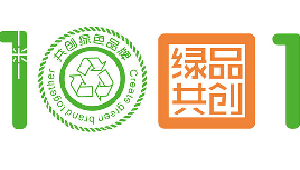
1001绿品共创模块2-2:基于生命周期的绿色供应链管理2019-05-03 10:25:12
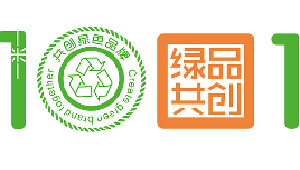
1001绿品共创模块1-3: LCA评价之评价方法与阐述2019-05-03 10:24:16
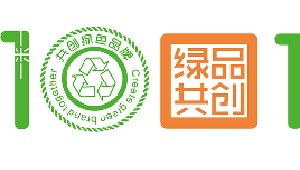
1001绿品共创模块 1-2: LCA评价之清单与数据收集2019-05-03 10:07:20
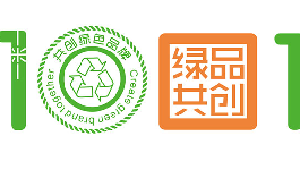
1001绿品共创模块2-1:生态设计 0415第五堂课2019-05-03 10:01:22

一米一SimaPro进阶讲解:分组操作2019-04-28 10:14:42

一米一SimaPro进阶讲解:参数化导入应用2019-04-28 10:09:51

一米一 SimaPro进阶讲解:项目的转移编辑操作2019-04-28 10:06:24

SimaPro——有关评估结果图表的应用2019-04-28 10:05:43
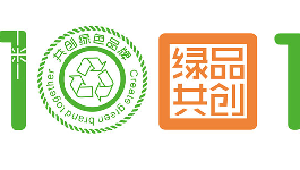
1001绿品共创模块1-4: 绿色产品评价之LCA 0325第四堂课2019-04-25 17:42:27

巧克力的生命周期分析2018-11-28 01:08:35
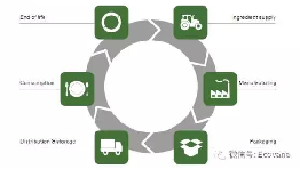
食品行业可持续发展案例研究——雀巢2018-11-26 21:59:58

